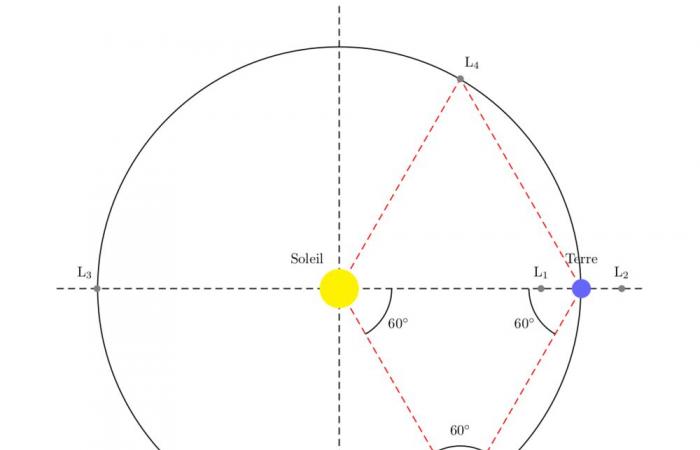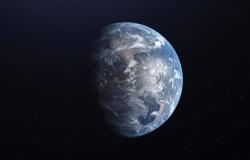On September 19, NASA and the Korea Aerospace Administration (or KASA, South Korea’s space agency) took a significant step in their space cooperation by signing a joint declaration aimed at deepening their collaboration in space exploration, science and aeronautics. This agreement marks the beginning of a new chapter in the aerospace relationship between the United States and the Republic of Korea, paving the way for innovative missions and scientific discoveries.
South Korea and the United States: growing cooperation
NASA, the flagship United States space agency, and the recently established KASA in the Republic of Korea, have established a partnership based on several years of successful collaboration, both on Earth and in orbit. The areas of cooperation identified in the agreement are varied and ambitious.
The two agencies particularly wish to work together on NASA’s Moon-Mars architecture, a project which aims to send astronauts to the Moon within a few years and to prepare missions to the red planet. Space life sciences, essential for the health of astronauts during long missions, as well as medical operations will also be areas of collaboration.
A mission to L4
A project mentioned within the framework of this cooperation concerns in particular the installation of a solar wind observation station at Lagrange 4 point (L4) between the Sun and the Earth. This point, which is located 60 degrees ahead of Earth in its orbitis a gravitationally stable place that is still unexplored. Unlike other Lagrange points, such as L1 and L2, which have already been explored by missions like the James Webb Space Telescope, L4 provides a unique opportunity to study the interactions between the solar wind and our planet.
The installation of this station at L4 could thus revolutionize our understanding of space radiation and its impacts on Earth. By improving knowledge of solar winds, NASA and KASA hope to develop technologies that will protect not only satellites, but also manned missions. This is all the more crucial as exploration projects for the Moon and Mars multiply.
Credits: Debiansid/Wikimedia Commons
Towards a promising future
The partnership doesn’t stop there. Other agreements could follow, particularly in connection with the Artemis program of NASA which aims to return astronauts to the Moon by 2025. KASA has already collaborated with NASA on the South Korean lunar orbiter Danuri and plans a first robotic lunar landing by 2032. These initiatives illustrate the commitment of the two agencies to advance together in space exploration.
The cooperation between NASA and KASA thus represents a major step forward for space exploration. By joining forces, the two agencies not only strengthen each other’s capabilities, but also pave the way for new scientific discoveries that will benefit all of humanity.







